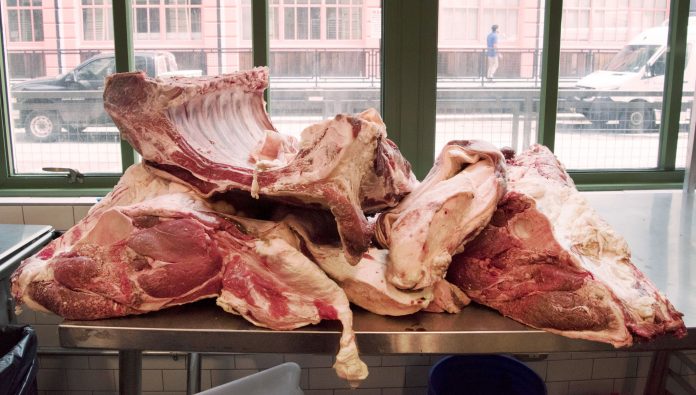How to organize logistics for butcher shop? That’s the question everyone’s asking. The typical butcher shop is not a high profit-generating business. In fact, it provides the owner with very low profit margins. The solution? Developing multiple revenue streams. Go freight Hub for 3pl logistics put for their efforts to provide customers their good logistics services. The classic butcher shop model is an ineffective one, as it usually provides low profit margins. But you can create multiple revenue streams in a butcher shop by incorporating several revenue streams.
One example is Pekarski’s in South Deerfield, Massachusetts. This butcher shop processes various types of meat for retail sales. While most meat shops are inspected by the USDA, this one doesn’t. The USDA FSIS Retail Exemption allows butchers to process and sell meat directly to consumers. They can also provide processing services to other retailers, but they can’t sell the meat to other businesses.
As we know that meat of all kinds either it is chicken, mutton or a beef or we can consider especial meat like game meat we get from hunting different animals and birds, we have to be care as they are of high perishable commodity and it can be spoiled due to improper handling as the rigor mortis process starts right after the death of an animal , while doing shipments, we have to take care of proper handling like freezing and chilling process so that it cannot be spoiled can can be reached at customers place in fresh quality. Imagine a processor who picks up animals on the farm and slaughters them there. This processor would then transport the carcasses to a central location for aging. The ideal processor would offer different options for processing and would have a high consistency of quality. The processor would charge a reasonable service fee and deliver the finished product to the producer’s location in a refrigerated truck. The processor would then sort the products and return them in an inventory system that was compatible with the producer’s business.
There are a number of steps you can take to organize your Logistics for butcher shop. Whether you’re selling frozen, fresh or locally raised meat, your staff will have to follow certain processes to make sure that your food is fresh, tasty, and ready to serve your customers. Here’s a look at some of these steps. After you’ve made the list, you can work on the details! We’ve included some tips and tricks below to help you out.
If you’ve never managed a butcher’s shop before, you’re not alone. Many other businesses have trouble keeping their logistics in order, which is why a successful butcher shop has a system that works for everyone. Follow these steps to ensure that your butcher shop’s logistics are efficient. You’ll be glad you did.
Begin by considering how much beef your shop will need. A typical beef steer will yield about 200 pounds of ground beef. If your shop is busy, you’ll probably won’t use that much meat in a single week. If your butcher shop is only open for a few hours a day, it could take months to sift through this much meat. Plan accordingly to avoid overstocking and stretch your business too thin.
For example, the Eagle Bridge Custom Meats and Smokehouse in Eagle Bridge, Oregon, has a small office and a meat processing facility. The office is a low, barn-red building. Inside, workers immobilize animals with a stunner – either an electric or captive bolt for cattle – to keep them still. An eviscerator removes the flesh from the carcass and drains the blood and sets aside the usable organs. Throughout, workers wear thick rubber aprons to keep clean from a long day of work.

